Why many US T-Mobile subcribers won't be misled by a bogus 5G icon on their phones

Just because your phone shows that you're connected to a 5G signal doesn't make it so. According to an app called Signal Tracker, which was developed to help consumers figure out which wireless provider will fit their needs the best, sometimes when you're phone shows a 5G connection, you are really still connected to a 4G network. Signal Tracker wrote last month that in the UK, a rather high 38% of the time a phone showed it was using a 5G connection, testing proved that it was a 4G signal.
So why does this happen? Besides the possibility that your carrier is trying to snow you, most wireless providers will show you using 5G if the base station your handset is connected to has 5G equipment potentially available. Signal Tracker published a map of Central London where it ran a test of all UK networks. Actual 5G connections appear in red while bogus 5G connections, which showed a 5G icon on users' phones even though they received a 4G connection, are highlighted in blue.
There is another reason why this occurs and it is because of the type of 5G network employed by your wireless provider. US carriers are way ahead of UK carriers in building a certain type of 5G network. We will get back to this before this article ends, I promise.
If you are in the UK, you might be interested in knowing which carriers fared best in this test. Subscribers to UK carrier Three are pretty sure that when they see the 5G icon on their phones, they are hooked up to a 5G connection as that was the case 94% of the time. Vodafone customers spotting a 5G icon on their handset could be 93% sure that they were running 5G data speeds. O2's percentage was a much lower 66% and customers of EE are mostly not taking advantage of 5G signals even when their phone says they are. That carrier correctly flashed a 5G connection to subscribers' phones only 32% of the time.
"This issue is not being clearly explained to consumers. Achieving a 5G connection everywhere may not be possible, and most people will accept this. But the public deserve clear information about what they are getting. Mobile networks are an amazing engineering achievement. The best way to get public support for optimizing this incredible technology is to keep them fully informed."
-Martin Sims, Managing Director, Policy Tracker
In case you're wondering, the test results cover 11,000 connections tracked by Signal Tracker over a two-month period. The app tested signal strength, technology, connection speed, and bands used. It also determined whether a connection was really 5G or just showing the 5G icon on users' phones.
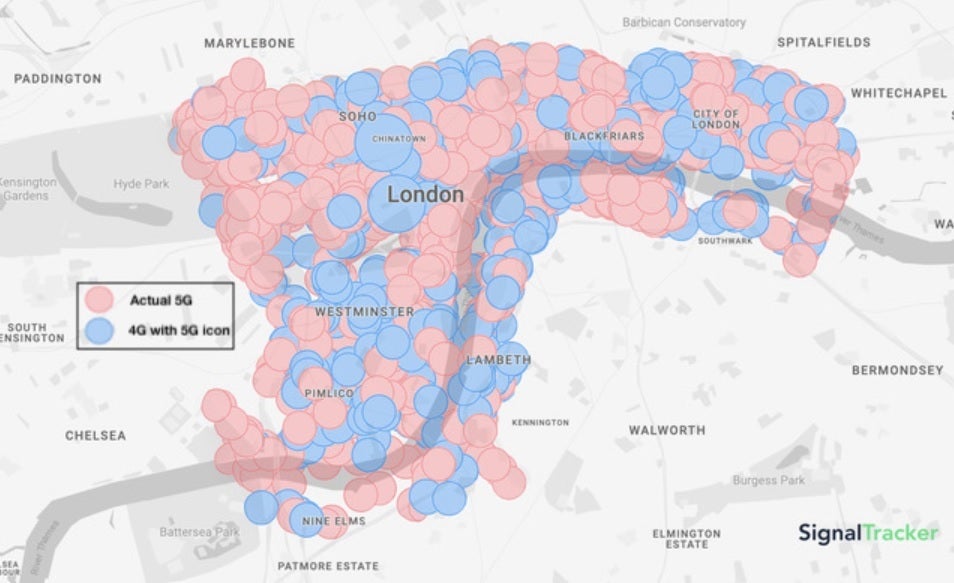
Results of a test in London reveal that nearly 40% of connections showing a 5G icon on UK phones are actually hooked up to 4G signals. | Image credit-Signal Tracker
This might not occur in the US as much as in the UK as T-Mobile uses a standalone 5G network for 5G service on compatible phones. Such networks were built for 5G connectivity from scratch and do not use 4G connectivity. Dish Network is building out a standalone 5G network and UScellular uses SA 5G in some areas. Verizon and AT&T plan on moving over to standalone 5G service throughout this year.
In the UK, most 5G connections employ a non-standalone 5G network which means that the network was originally built for 4G LTE connections with 5G equipment added later.

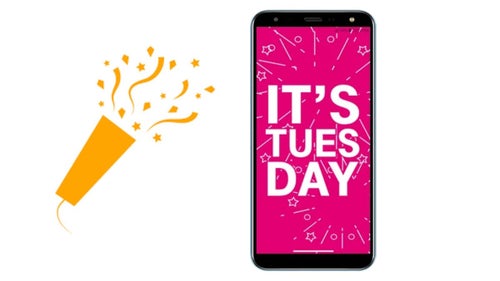


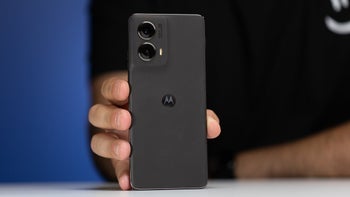
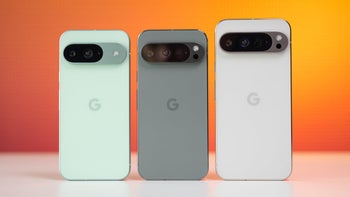
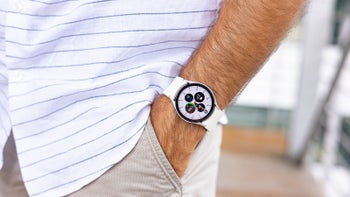
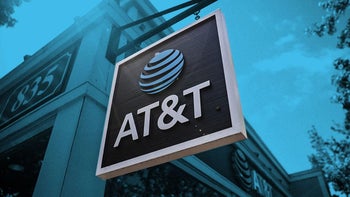

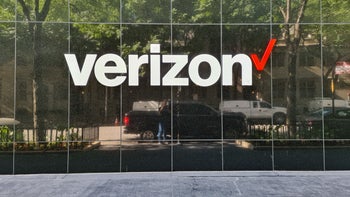
Things that are NOT allowed: